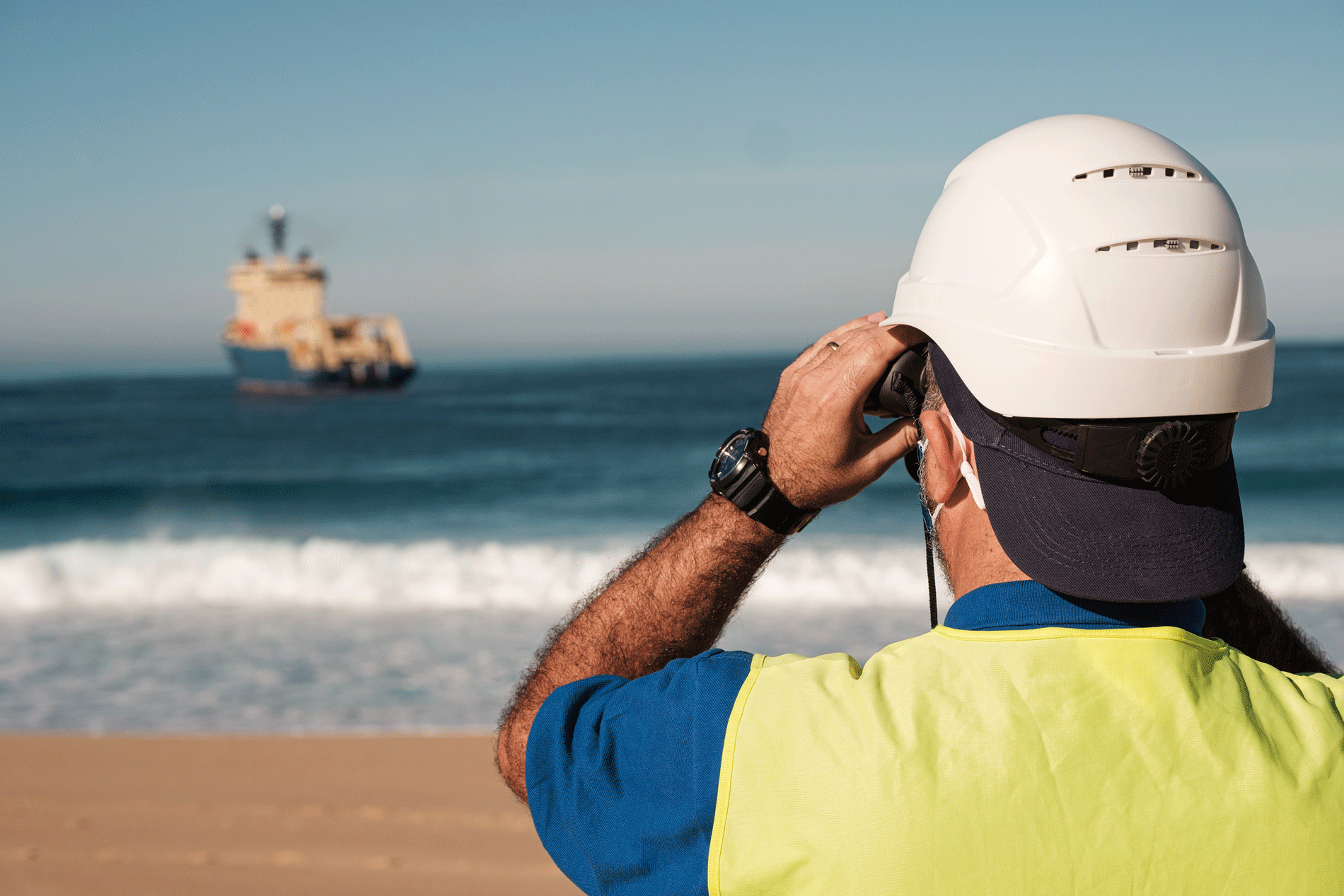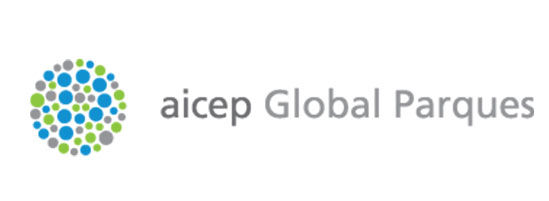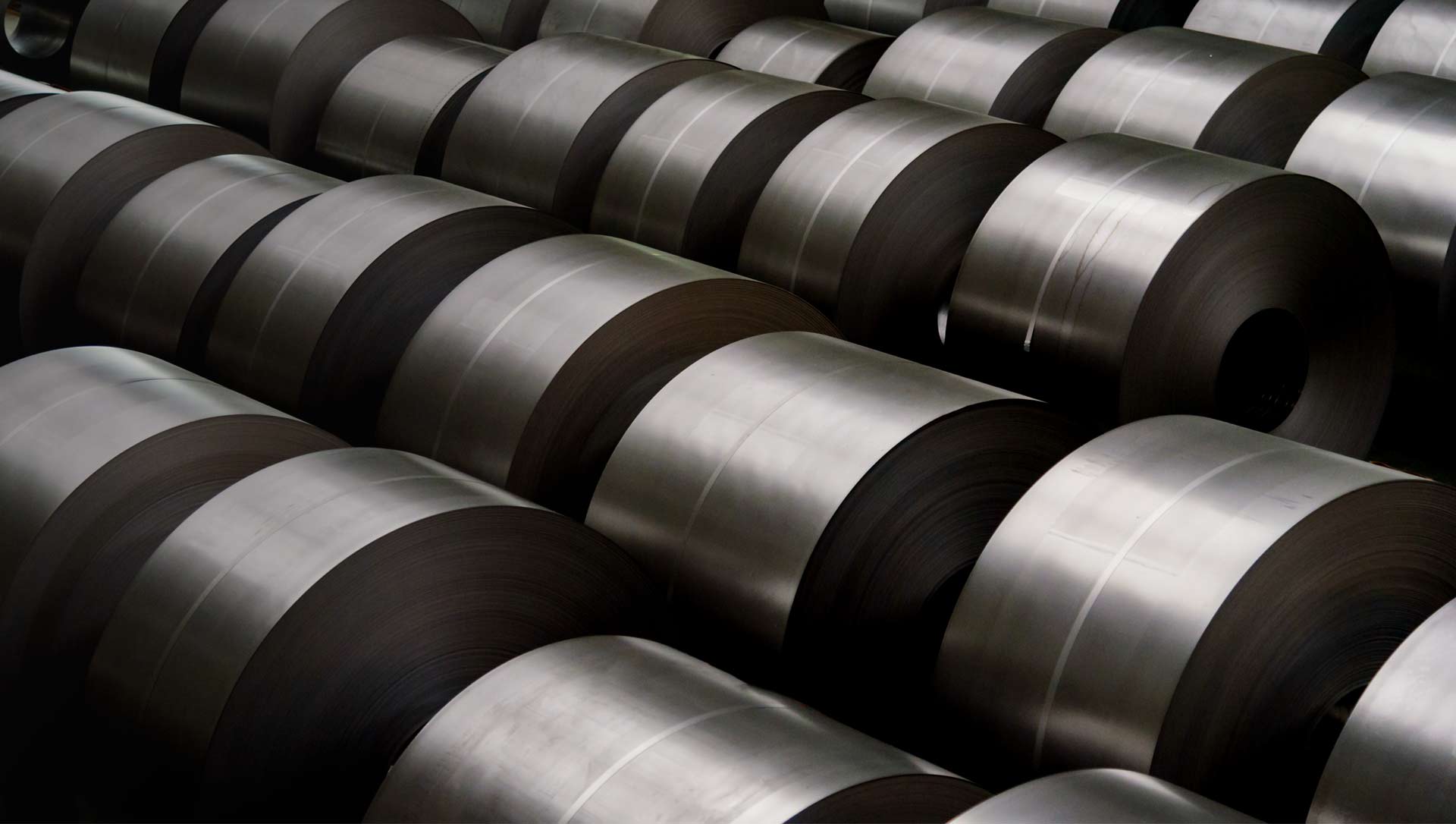
A Trans-Atlantic Connectivity Game Changer (in Portugal News)
EllaLink has completed the marine installation of its trans-Atlantic subsea cable system between Europe and Latin America and is set to go live in May 2021. Capacity caught up with the company to get all the final details.
How does EllaLink’s route diversity across the south Atlantic contribute to the resilience of the system?
Data users rely on diversity in telecoms networks to minimise the impact of faults and to reduce outage periods during system failures, maintenance activities and upgrades. At EllaLink we have placed diversity at the forefront of many of our strategic design decisions, from the data centre connections, to backhaul solutions and the subsea route. Traditionally transatlantic submarine cable systems have taken a path across the North Atlantic from Europe to Canada, New Jersey, New York or Virginia Beach, where those wishing to reach Latin America would access onward connectivity via a separate cable system. The primary focus of the EllaLink design is to offer a direct high-speed connection across a unique transatlantic path for those wishing to reach Latin America from Europe, and vice versa. So yes, our southerly routing offers diversity to the cable systems of the North Atlantic, but our main driver is to create a direct optical platform between the two continents, minimising latency and increasing security along the way.
Why did you choose to land EllaLink in locations such as Sines in Portugal as opposed to existing hubs like Sesimbra, Carcavelos and Seixal?
As mentioned, diversity is key to the design of a reliable network and in Portugal we selected Sines as the landing site for this very reason. By avoiding the busy areas of Sesimbra, Carcavelos and Seixal we have created a new landing location for submarine cable owners looking for diversity. Being a new landing site, the route approaches into Sines do not require multiple crossing of existing cable systems, as is typical in congested landing locations. Cable crossings are not typically problematic for subsea cables, however, a crossing in shallow water incurs an interruption of burial, leaving a significant portion of the cable exposed and at risk from external aggression, especially in fishing areas. In EllaLink’s case by ensuring that any crossings only occur in deep water we have further increased the robustness of the system. There were lots of other good reasons to land the cable in Sines including access to land, power and terrestrial networks, and excellent support from the local authorities.
What is the existing ecosystem like at the EllaLink landing points? Do you foresee any additional connectivity/infrastructure developments as a result of this system?
Yes, absolutely, and following discussions with our local partner aicep Global Parques and the Sines Municipality, the concept of ‘SinesTech – Innovation and Data Center Hub’ was born. Our idea was to create an open access location for new submarine cable systems and data centres in Portugal. SinesTech is located within ZILS – the Industrial and Logistic Zone of Sines, managed by aicep Global Parques SA a state-owned company specialised in the management of business parks. The site offers cost-effective land, high power density networks and reliable backhaul connectivity. EllaLink is the inaugural customer of SinesTech and has built an entirely new Cable Landing Station (CLS) in Sines: The Vasco da Gama CLS.
We have also installed multiple HDD bore pipes at the beach to encourage future systems to land in Sines. From a terrestrial perspective Sines also offered a robust solution for our network with the diverse backhaul routes to Lisbon and Madrid running over both gas pipes and power lines respectively.
Read the entire article here






Post a comment
You must be logged in to post a comment.